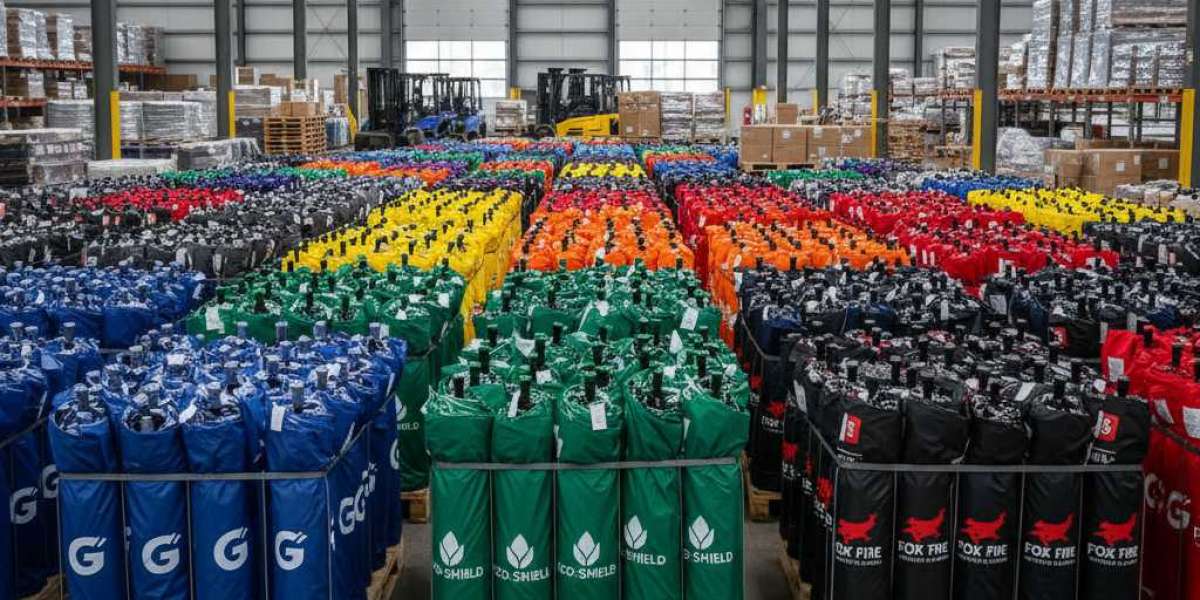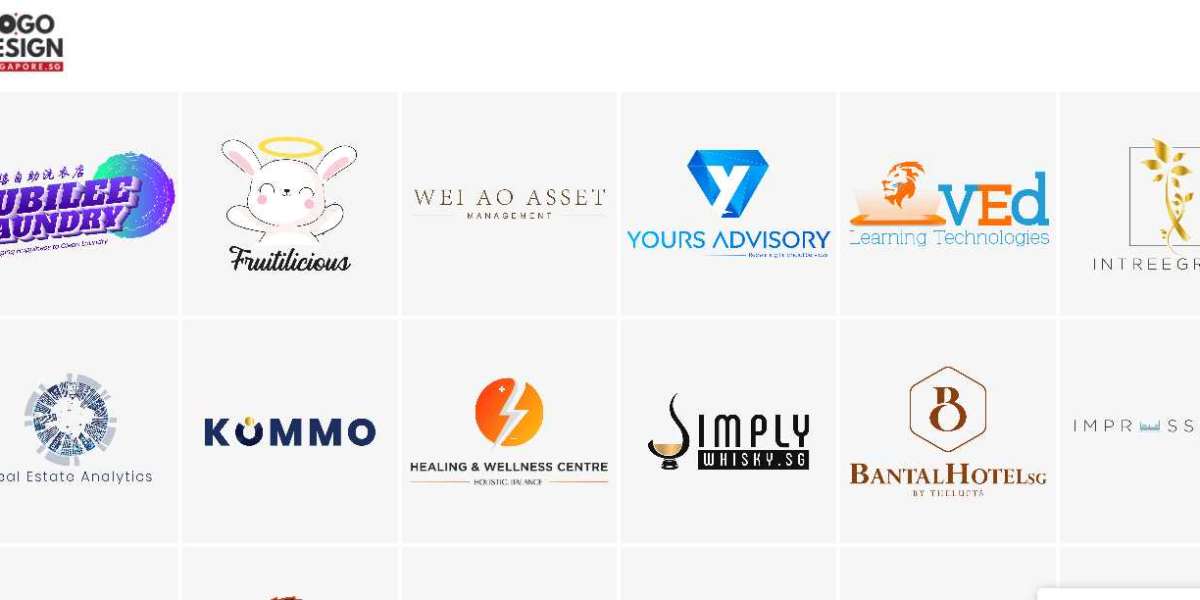When you think of umbrellas, you might imagine a rainy day in a city, someone dodging drops on their way to work, or a sudden downpour that sends commuters scrambling for cover. But behind the scenes of that everyday image lies a retail and manufacturing market that’s undergoing interesting shifts — driven by weather, fashion, sustainability and technology. In this blog we’ll dive into what’s new in the umbrella industry, explore strategies companies are employing, and reflect on where profits and losses lie — especially relevant if you’re choosing to buy umbrellas online or considering selling them.
The Market Landscape: Steady Growth with New Drivers
Globally, the umbrella market is modest in size but showing consistent growth. According to one estimate, the global umbrella market reached approximately USD 7.37 billion in 2024, and is forecasted to grow to around USD 9.16 billion by 2034, reflecting a compound annual growth rate (CAGR) of about 2.2%.
Another report highlights that growth is being fuelled by rising weather unpredictability, increasing urban populations, and wider awareness of UV exposure risks.
So the umbrella business isn’t booming like tech gadgets or electric vehicles, but it’s not stagnant either. What’s interesting is how it’s evolving: new materials, new formats (for example shared-use umbrellas), customization, and e-commerce are reshaping the game.
Key Trends Shaping the Industry
Let’s look at several of the trends that are currently shaping the umbrella industry and how they affect strategy and profit.
Durability, materials and smart features
Consumers are no longer satisfied with a flimsy umbrella that inverts at the first strong gust. Newer designs feature wind-resistant frames, UV-blocking canopies, and higher-tech materials like carbon fiber, fiberglass or high-tech polymers.
This trend means higher production costs, but also allows premium pricing and differentiation. For a retailer or brand, offering a “last-longer” umbrella can command a higher margin — but you must also justify that price.Customization, fashion and accessory status
Umbrellas are increasingly viewed as both functional and fashion accessories. That means patterns, colours, designer collaborations, personalised prints. The market research points to this as a driver of growth. Claight Corporation+1
From a strategy viewpoint this opens up avenues for upselling: limited-edition umbrellas, premium branding, bundling with other accessories. On the flip side, more SKUs (stock-keeping units) means more complexity, higher inventory risk.E-commerce and online purchasing behaviour
With digital shopping now the norm in many markets, the umbrella business is no exception. For consumers it becomes easy: you can browse a wide range, compare features, read reviews, and have delivery. For sellers, it means you can reach a broad audience beyond local retail.
If you’re thinking of the buy umbrellas online behaviour, these dynamics are relevant: convenience, shipment cost, return logistics (umbrellas can get damaged in transit), and the ability to highlight unique features (windproof, UV safe, designer print) all matter.Weather unpredictability and regional demand changes
The growing unpredictability of weather – more heavy rains, more sun-intense days – is a double-edged driver. On one hand, it increases demand for protective umbrellas (rain or sun). On the other, supply chain disruptions (raw materials, shipping) can cut margin and increase risk.
For instance: in a region that historically had mild rainfall, intense storms may push sales of heavy-duty umbrellas — but if shipping is delayed because of weather or logistic disruptions, merchant costs increase.Shared umbrella models and alternative formats
A newer model: “shared umbrella” services (think umbrella rental). A report suggests the global shared umbrella market could grow from about US$21.78 billion in 2025 to US$35.95 billion by 2031 (CAGR ~8.7%).
For manufacturers and distributors, the shared-model introduces new business strategy: leasing, rental, subscription, service-based rather than pure one-time sale. But also new liabilities: maintenance, returns, vandalism, cleaning, logistics of collection.
Strategy Playbook for Businesses in this Space
How might an entrepreneur or brand navigate this evolving terrain? Here are strategic considerations:
Segment differentiation: Instead of one generic umbrella, segment by consumer: budget vs mid-range vs premium; rain protection vs UV protection; urban commuter vs outdoor adventure vs promotional gift.
Value add features: Emphasise wind resistance, compact foldability, automatic open/close, UV protection, stylish prints. These features allow you to charge a bit more and reduce pure price competition.
Channel strategy: Online-first or hybrid? Selling direct online allows you to control brand, margins and data. But retail presence may still matter for instant purchase (on a rainy day!). Logistics and returns must be strong: for “buy umbrellas online”, a user wants to receive quickly and with confidence.
Inventory risk and sizing: Umbrellas vary by size, style, colour. Managing SKUs is tricky – you don’t want excess stock of unpopular prints. Use data, run small batches, test prints.
Promotional and gift segment: Umbrellas make decent branded giveaways (corporate logos, event gifts). Here margin is lower, volumes high, but you must balance cost vs quality (you don’t want a brand reputation dinged by a broken umbrella).
Sustainability angle: As with many consumer goods, sustainability is becoming a driver. Using recycled materials, durable construction (longer life-span) or circular models can create differentiation – and appeal to younger consumers.
Geographic climate driven targeting: Focus marketing in regions with heavy rainfall, or high UV exposure. Also factor shipping logistics – if you’re in Pakistan (or sourcing/manufacturing there), think about export vs local market.
Pricing and margin management: With more features come higher costs. But consumers may balk at paying too high a premium. Balance cost, perceived value, and ensure your margin holds up after shipping, returns, promotions.
Profits, Losses and Risk Factors
Even with all these opportunities, there are risks and potential for losses in the umbrella market. Here are some of the key ones:
Commodity pressure: At the low end, umbrellas are fairly commoditised. Many buyers choose based purely on price. If you compete only on price without differentiation, margins can get squeezed.
Logistic shipping damage: Umbrellas can be awkward — long shafts, irregular shapes. Shipping damage (bent ribs, broken frames) and returns add cost. If a significant number of units fail in transit, it eats margin.
Inventory obsolescence: Fashion prints, seasonal colours, certain designs may fall out of favour. If you hold large inventories and the style doesn’t sell, you may need discounting or write-downs.
Changing weather patterns: While unpredictability drives demand, it can also shift demand temporally. For example a sudden dry spell reduces umbrella sales, or an unexpectedly mild season means slower business. If you’re depending on high season, you need flexible cost structure.
DIY/cheap imports pressure: Some markets face competition from very low-cost imports. Quality may suffer, but consumer may accept “good enough” product. This can drive down price expectations in local markets.
Material cost volatility: Raw materials (fiberglass, polyester, carbon fibre) may see fluctuation in cost. If you don’t have hedging or your supply chain is weak, you may face increased cost and margin squeeze.
Returns and broken units: If a customer receives a defective or broken umbrella, brand reputation suffers. With negative reviews online, you may lose future business or have higher return rate. Fixing product quality is critical.
Marketing customer acquisition costs: Especially if you focus on “buy umbrellas online”, you’ll need to invest in digital marketing, SEO, ads, and that can increase cost per acquisition. If you don’t keep lifetime value high, it may eat profit.
Ultimately, a smart player will aim for a business model where margins are sustained via value-added features, brand strength, efficient logistics, and strong online/offline channel integration.
What’s New and Interesting in 2025
Let’s highlight a few of the freshest developments:
According to analysis of the umbrella industry in 2025, there is strong emphasis on “artistic umbrellas” (designer prints), folding umbrella types, and high-end finish umbrellas. The UK market report notes increased demand for umbrellas with smart connectivity and wind-resistance technology.
As mentioned earlier, the shared umbrella service market is gaining traction – lending itself to urban mobility, rental kiosks, vending machines. (Though this is broader than retail sale, it has knock-on effect on how umbrellas are designed and built if they are to be shared or reused). infinitymarketresearch.com
What this means for you as a consumer or seller: if you are buying umbrellas online or sourcing for sale, you might lean towards the models offering windproof, UV-safe, compact fold, designer aesthetics, maybe even smart features (for premium segments). And on the demand side, marketing to younger consumers who are style-and-function oriented works.
Practical Tips for Retailers and Consumers
For retailers/sellers:
Test new designs in smaller quantities: introduce limited-edition prints or premium models, monitor sell-through, then scale.
Optimize your online product pages: highlight key specs (wind resistance, canopy diameter, fabric, handle finish). Use video or 360° views to show movement and robustness.
Offer clear shipping return policy — reassure buyers of quality.
Bundle umbrellas with complementary items (bags, raincoats) in rainy-season campaigns.
For exports, consider regions with strong demand (e.g., Asia Pacific) or seasonal peaks.
For consumers:
When you decide to buy, don’t just look at price. Consider durability, warranty (if any), and reviews covering how well the umbrella handles wind and rain.
Shopping online offers wide choice — so use comparison tools, read specs. The option to buy umbrellas online often ensures you can access premium features not found locally.
If you want style plus functionality, look for UV-coating or wind-resistant frames. Typical cheaper models may fail when conditions are harsher.
If you’re buying for gifting, premium or designer umbrellas may impress more than generic ones.
Conclusion — Why Umbrellas Still Matter for Business
It’s tempting to think of umbrellas as a low-glamour product. Yet, as we’ve seen, they’re embedded in climate trends, fashion cycles, logistics challenges, online retail strategies and even sharing economy models. The market’s moderate size does not mean low opportunity — it means scale with discipline and differentiation matter.
If you plan to source, retail, or simply invest in buying umbrellas online for personal use or small-business resale, the key is: offer what the mass-market doesn’t. The mass will buy cheap, but you will make margin if you add value. And avoid falling into the trap of excessive complexity or inventory risk.
Finally, umbrella products also lend themselves to creative directions — whether designer prints, corporate branding, gifting bundles — which brings us to one final point: umbrellas don’t only protect from rain or sun — they can carry a brand, a message, a gift. So if you’re exploring options for corporate giveaways or retail specials, remember: umbrellas can be part of your Promotion Gift Ideas.








